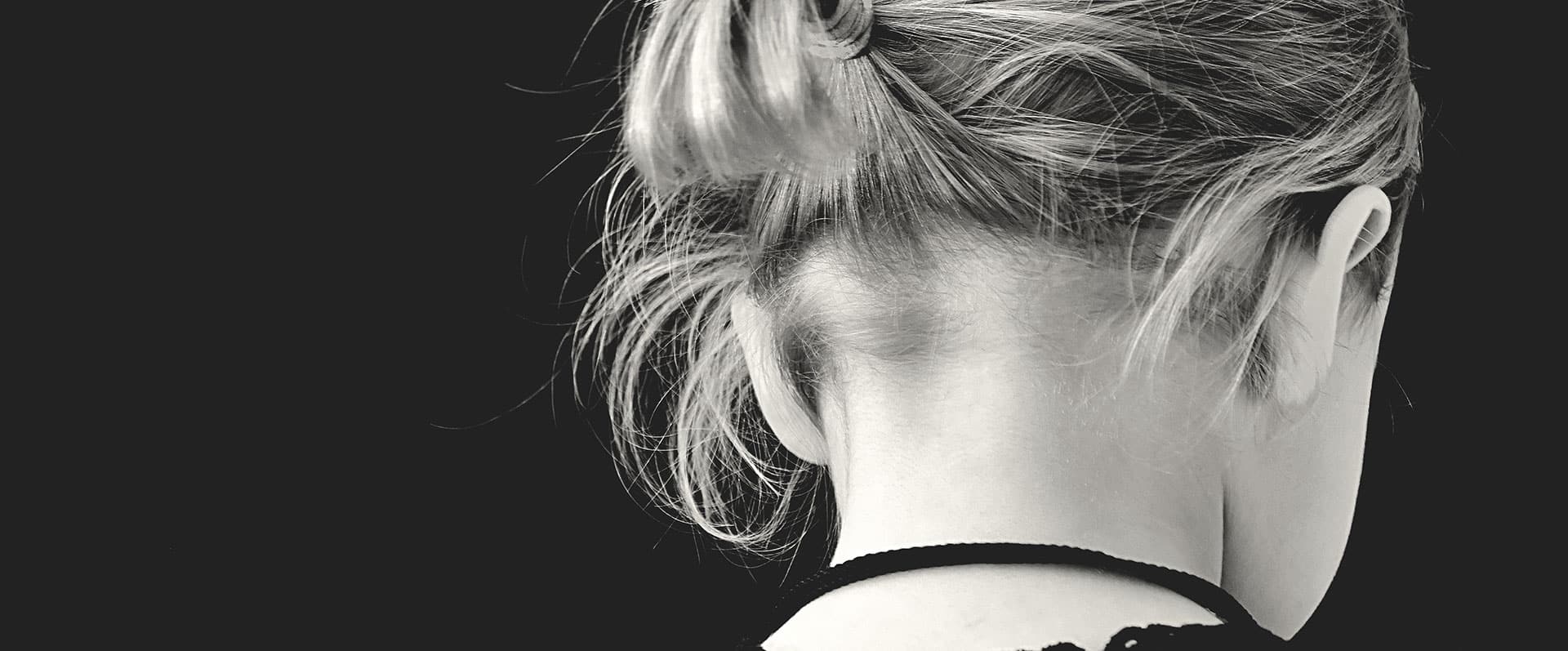I went to see Margot Robbie’s Barbie movie on the weekend and was surprised. I was expecting a mostly fun flick with a ‘girl power’ message. What I got was a lot of fun, but it was also a thought-provoking movie at times with an overarching message that was completely unexpected. Spoiler alerts ahead!
The popular dress-up doll for girls has paraded a whole series of ‘you can be anything’ career outfits from doctor and businesswoman to pilot and astronaut over the years. Who would have guessed that a trippy comedy about such a doll would actually have a principal message that the most important career of all is motherhood?
It’s almost shockingly subversive and appears to have gone completely missed by some reviewers.
After a prelude which highlights the state of play for young girls pre-Barbie, the story begins in the perfect fantasy world of Barbieland where all the Barbies are happy and fulfilled by their careers or dream lifestyles. However, Stereotypical Barbie starts experiencing strange thoughts and changes. It transpires that her owner in The Real World is having problems of her own. Spoiler alert: She’s not a young girl, she’s the mother of a sullen, mean-spirited teenager. Stereotypical Barbie must go to The Real World and try to sort things out for mother and daughter, and thus save herself.
There’s a sag in the middle of the film as it teeters on over-egging the issue of ‘the patriarchy’, but along the way, the screenplay subverts expectations with subtle (and often not so subtle) observations of the inequities suffered in Barbieland by the Ken dolls in a seeming mirror image to the gender roles in The Real World. It’s serious food for thought about how we balance gender equity in reality, and even comes with a warning about taking things too far in the opposite direction.
But motherhood?
This is worked out between the scenes that begin and end the movie, and also in Stereotypical Barbie’s encounter with the ghost of Ruth Handler, the woman who invented the Barbie doll. She offers Stereotypical Barbie the opportunity to become fully human in The Real World, and shows her what it entails. Barbie ultimately accepts.
The film opens with what is at first blush simply a comedic nod to 2001: A Space Odyssey. Young 1950s girls are depicted as bored drudges feeding and ironing the clothing of traditional baby dolls against a rocky desert backdrop. Then the appearance of a monolithic Barbie has them enthusiastically embracing the potential of such a doll with the promise it entails of an exciting life with a career. However, it’s a mite disturbing to see how it transcribes 2001’s prehistoric ape men smashing the bones of dead animals into scenes of the young girls savagely smashing their baby dolls.
The Barbie movie ends with fully human Barbie excitedly if nervously attending an appointment in the real world. The viewer is led to think she’s going into her first day at work or perhaps a corporate job interview. She’s not. She attending her first gynecology appointment, excited at her new ability to create life. It’s quite a counterpoint to the girls in the opening sequence seemingly rejecting the role.
Maybe that’s why the mostly over-18 cinema audience, who had been giggly and chatty when they arrived at the late evening session I attended, were relatively quiet on the way out.
Make no mistake, Margot Robbie’s mega-hit is not a movie just for little girls. Certainly, they’ll enjoy it while the serious stuff goes over their heads, but the main audience for this paradigm prodding flick is adults.

